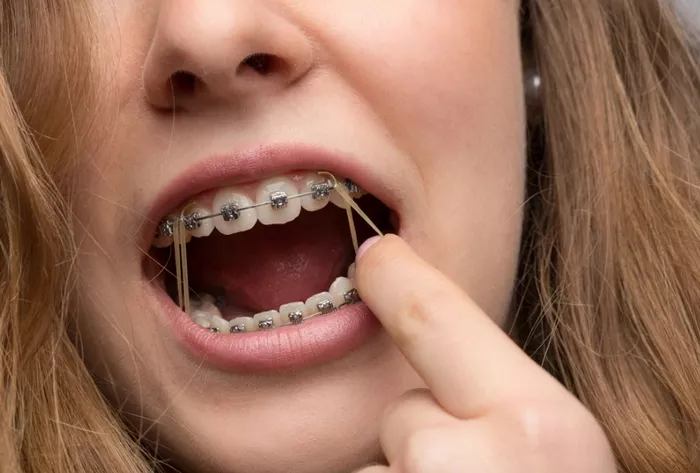Braces are a popular and effective treatment for straightening teeth and improving dental health. Many individuals, especially teenagers, undergo braces treatment to achieve a better smile. A crucial part of this process involves the placement of brackets, which are essential for the alignment of the teeth. In this article, we will explore the process of placing brackets in braces, including what it involves, the importance of choosing the right braces types, and tips for managing braces in school.
Understanding Braces and Their Components
Braces consist of several components that work together to gradually move the teeth into the desired position. The primary components include the brackets, archwire, and rubber bands. The brackets are small metal or ceramic pieces that are attached to each tooth. The archwire connects all the brackets and is held in place with small elastic bands. The brackets are the focal point of the braces system, as they are the ones that apply the pressure needed to move the teeth.
What Is Involved in Placing Brackets?
The process of placing brackets typically takes place in the dentist’s office or orthodontic clinic. Here’s an overview of the steps involved:
Cleaning and Preparation: The dentist will first clean the patient’s teeth to ensure that there is no plaque or debris. This step helps in securing the brackets properly.
Drying the Teeth: The dentist will dry the teeth using a special air blower to prepare them for bonding.
Bonding the Brackets: A dental adhesive is applied to each tooth where the brackets will be placed. The brackets are then carefully positioned on the teeth, and the adhesive is cured using a special light to harden it.
Attaching the Archwire: Once the brackets are securely attached, the archwire is threaded through the slots in each bracket. The wire is held in place using small elastic bands or clips.
With these steps, the braces are ready to start their work in gradually shifting the teeth into proper alignment. However, this is just the beginning of the orthodontic journey.
The Importance of Choosing the Right Braces Types
Choosing the right braces types is essential for both aesthetic and practical reasons. While traditional metal braces are still the most common, there are various other types to consider, such as clear braces and self-ligating braces. Each type has its advantages and disadvantages depending on the patient’s needs.
Metal Braces: These are the most widely used and often the most affordable option. They are durable and effective for most cases of misalignment.
Clear Braces: These are made from ceramic materials and are less noticeable than metal braces. They are an excellent choice for patients concerned about the appearance of their braces, especially teenagers in school.
Self-Ligating Braces: These are similar to metal braces but use a sliding mechanism instead of rubber bands to hold the wire in place. They tend to be more comfortable and require fewer visits to the orthodontist for adjustments.
Managing Braces in School
For students, managing braces while attending school can pose unique challenges. It’s important to stay on top of oral hygiene, attend orthodontic appointments, and avoid certain foods that could damage the braces. Here are some tips for handling braces in a school setting:
Brush After Every Meal: With brackets in place, food can easily get stuck in the braces, leading to plaque buildup and potential cavities. Students should be diligent about brushing their teeth after each meal, even if it means bringing a toothbrush to school.
Avoid Sticky or Hard Foods: Foods like chewing gum, popcorn, and hard candies can damage the brackets or wires. It’s essential to be mindful of what to eat during lunch or breaks.
Keep Emergency Orthodontic Supplies Handy: Sometimes, brackets may become loose or wires may break. It’s helpful to have orthodontic wax or a small repair kit on hand to manage any emergencies until the next orthodontic visit.
Stay on Schedule for Appointments: Regular visits to the orthodontist are crucial for ensuring that the braces are working correctly. Students should stay organized and keep track of their appointments, making sure to not miss any critical adjustments.
Conclusion
Placing brackets in braces is a critical step in achieving a healthy, beautiful smile. The process itself is straightforward, but it requires careful attention to detail to ensure that the brackets are correctly positioned for optimal results. By choosing the right braces types, managing colored braces for a fun experience, and taking care of their braces while in school, patients can have a successful orthodontic journey. Regular visits to the orthodontist and proper oral hygiene are key components in making the most of braces treatment and achieving a lasting, beautiful smile.
Related topics

